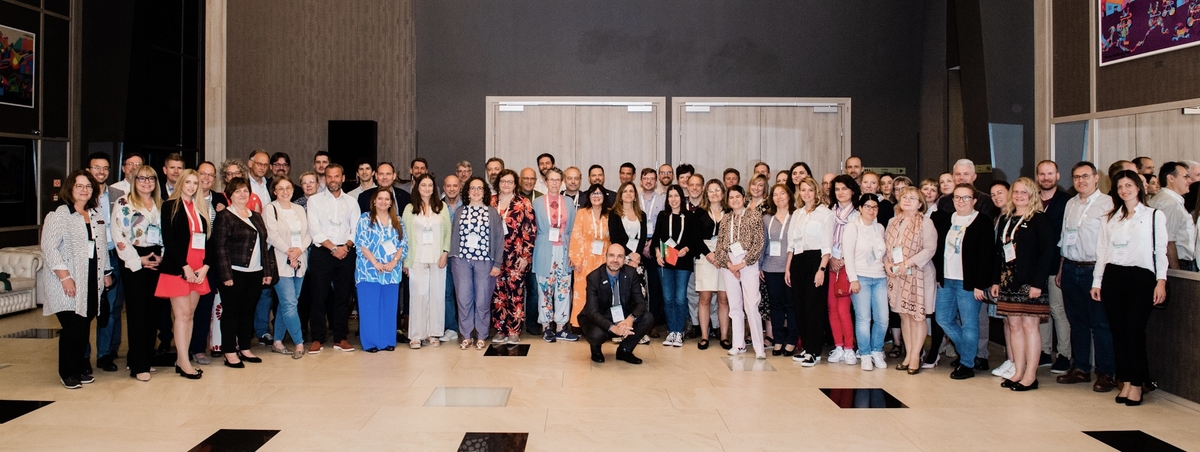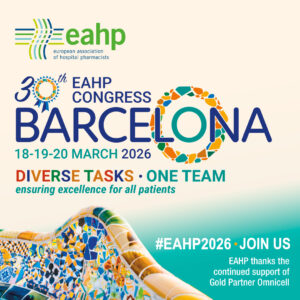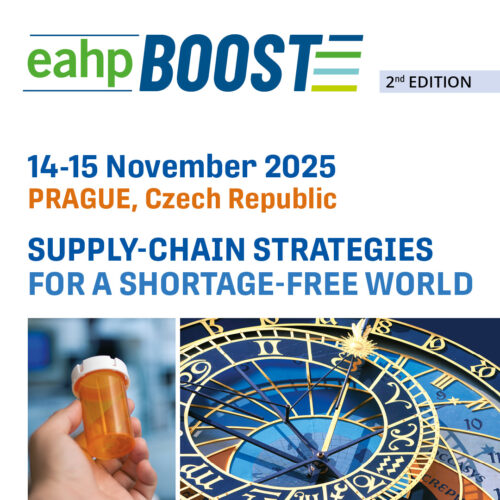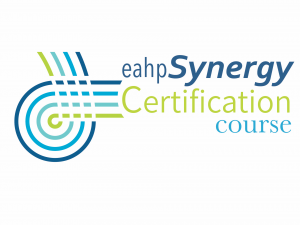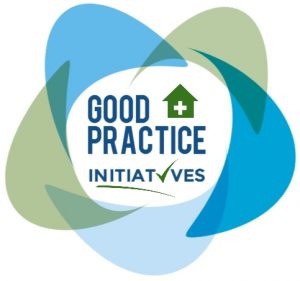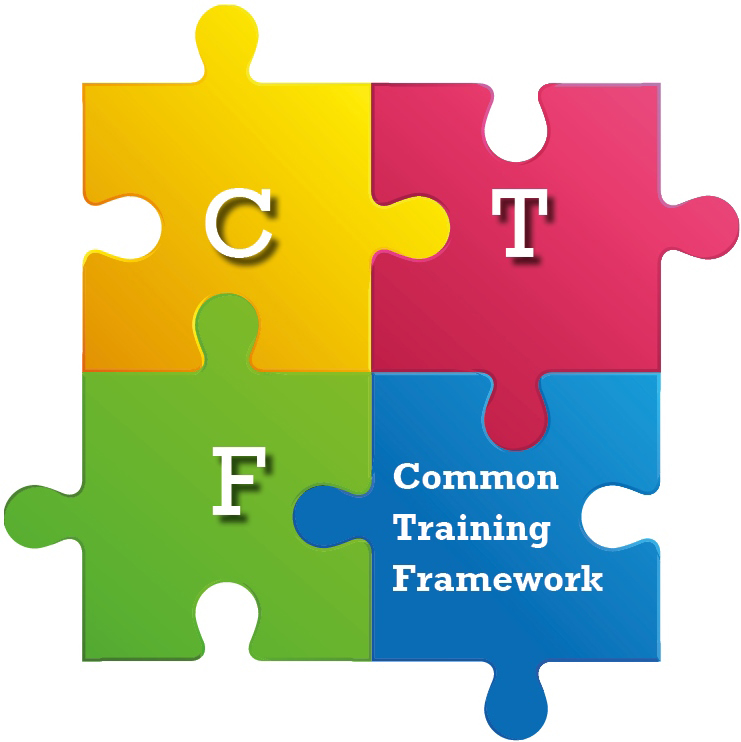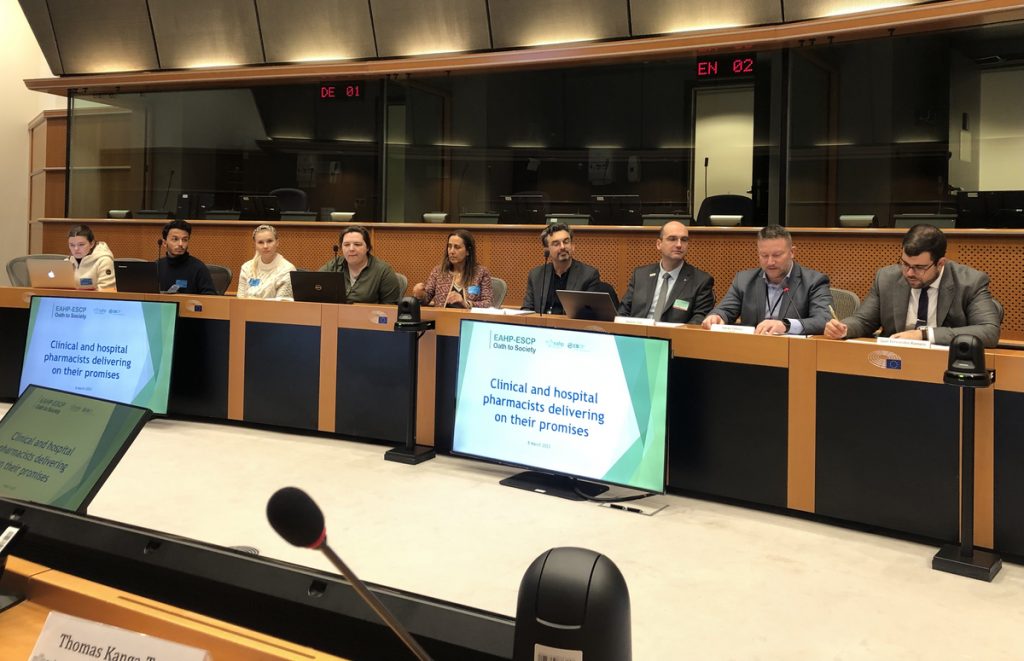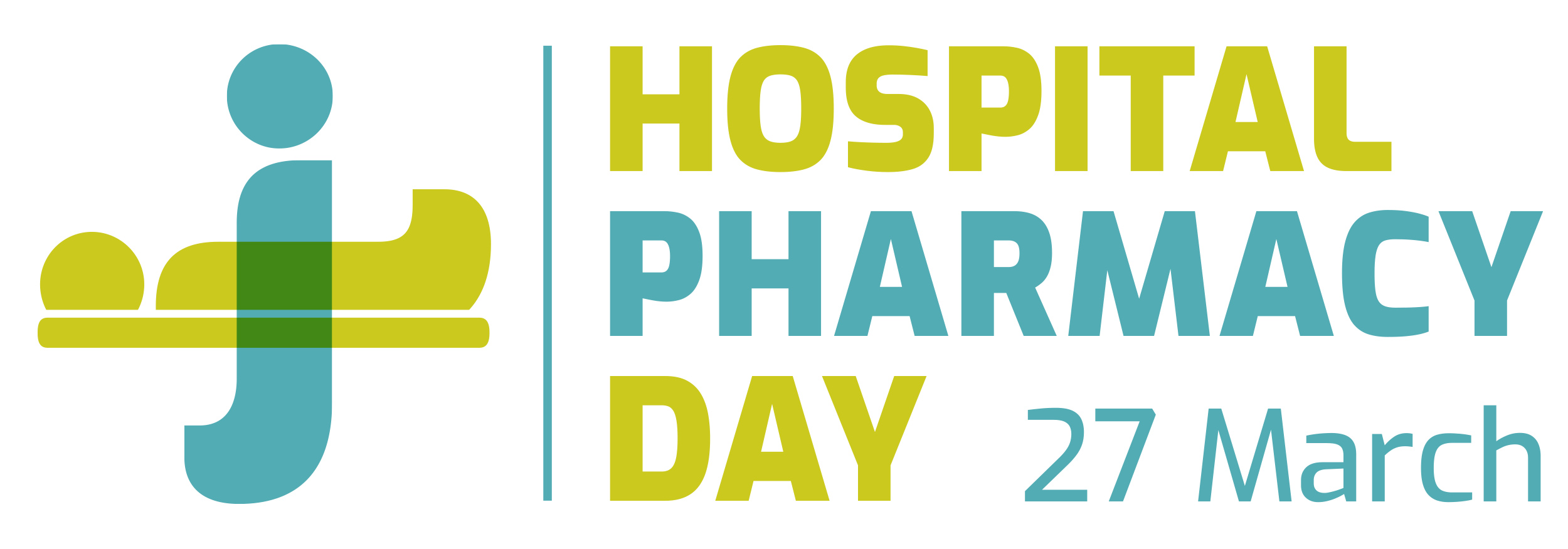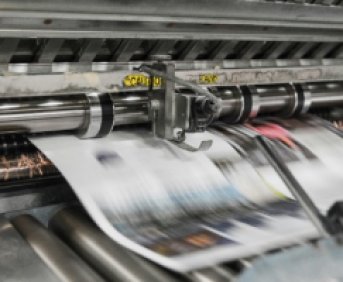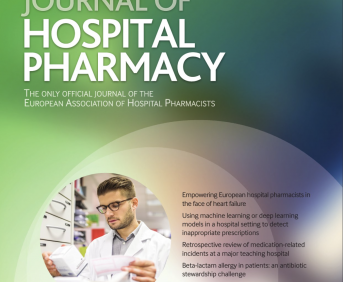Possible interactions from COVID-19 drug employment: the Hospital Pharmacist’s intervention in a regional hospital
Pdf

European Statement
Patient Safety and Quality Assurance
Author(s)
Simone Leoni, Sabrina Guglielmi, Vincenzo Nicola Menditto, Adriana Pompilio, Francesca Vagnoni
Why was it done?
During the pandemic, almost all hospital departments were converted in COVID-19 wards and clinicians of several specializations were asked to work in. In a situation characterized by a great number of patients, mainly old and with several comorbidities, health professionals had to employ quickly drugs never used before and supported by limited scientific evidences. In this context the percentage of possible DDI rises out of proportion exposing patients to potential devastating consequences.
What was done?
During COVID-19 emergency we develop a quick reference tool for clinicians involved in first line assistance to patients. A table summarizing drug-drug interactions (DDI) of the most used therapies was created to allow professionals making the best pharmacological decision.
How was it done?
After a literature review using Micromedex and TERAP (Mario Negri Institute), we have created two table summarizing DDI of lopinavir/ritonavir (LR) and hydroxychloroquine (HC). Those drugs have been grouped according to pharmacological group and clinical relevance. The tables were provided to Infectious Disease, Intensive Care Unit and Emergency Medicine departments.
What has been achieved?
The tables showed 359 DDI for LR (67% contraindicated/severe, 12% major and 21% moderate) and 176 for HC (96% contraindicated/severe, 1% major and 3% moderate). Almost all contraindicated/severe interactions of HC were the same of LR and regarded: protein kinase inhibitors, beta2 agonists, macrolides and fluoroquinolones antibiotics, some antidepressants, phenothiazines, protease inhibitors and antiarrhythmics. Other LR severe interaction were: factor Xa inhibitors, statins and benzodiazepine derivates. Both LR and HC present moderate interactions with acid pump inhibitors, while LP interacts with Ca and vitamin K antagonists and antiepileptics.
Interactions mentioned have a great impact, since they concern drugs commonly used and hypertension, diabetes, respiratory system disease, cardiovascular disease are the most frequent comorbidities linked to COVID-19. Tables provided had a positive impact in avoiding DDI. Pharmacist was consulted for drug dosing and frequency adjustments. The intervention was fully accepted and extended to the rest of COVID-19 wards.
What next?
The project represents a good example of multidisciplinary collaboration able to improve safety and efficacy in pharmacological treatments. The added value of the Pharmacist and the simplicity of the tool make it useful and easy to extend to other healthcare settings.

